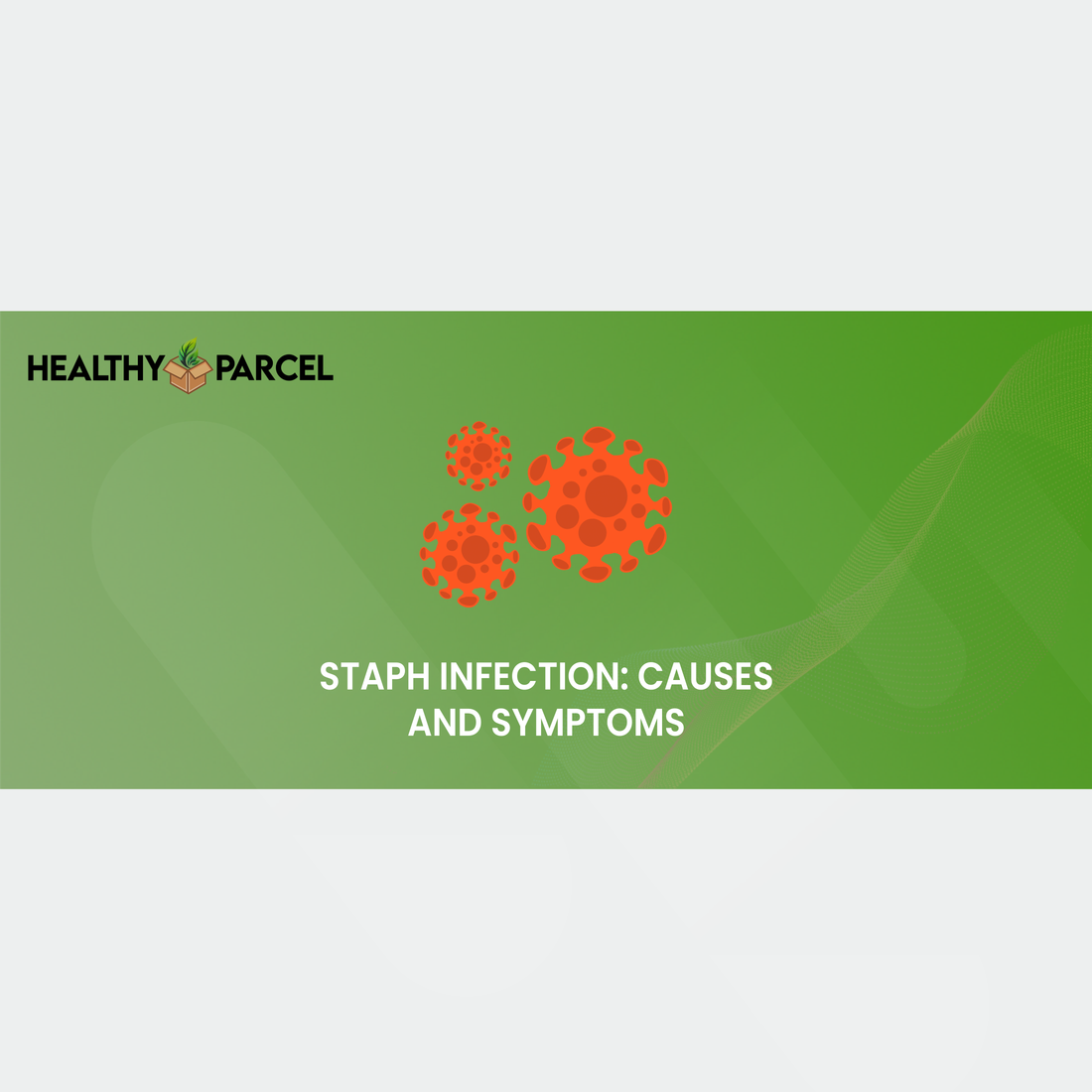Staph infections are caused by staphylococcus bacteria, which are often present on the skin or in the noses of healthy individuals. Typically, these bacteria don't cause any issues or only result in minor skin infections.
However, staph infections can become serious if the bacteria penetrate deeper into the body, reaching the bloodstream, joints, bones, lungs, or heart. Increasingly, even healthy people are experiencing severe, life-threatening staph infections.
Treatment generally includes antibiotics and cleaning the infected area. Unfortunately, some staph infections have become resistant to common antibiotics, making them harder to treat.
Symptoms and Types

Staph infections can vary from minor skin issues to serious, life-threatening conditions. For instance, staph bacteria can cause endocarditis, a severe infection of the heart's inner lining (endocardium). The signs and symptoms of staph infections differ greatly depending on the infection's location and severity.
Skin Infections

Skin infections caused by staph bacteria include:
- Boils: The most common type of staph infection, boils are pockets of pus that form in hair follicles or oil glands. The infected area usually becomes red and swollen. If a boil breaks open, it often drains pus. Boils typically occur under the arms, around the groin, or on the buttocks.
- Impetigo: This contagious and often painful rash can be caused by staph bacteria. Impetigo is characterized by large blisters that may ooze fluid and develop a honey-colored crust.
- Cellulitis: An infection of the deeper layers of skin, cellulitis causes redness and swelling on the skin’s surface. Sores or areas of oozing discharge may also develop.
- Staphylococcal Scalded Skin Syndrome: Caused by toxins produced by staph bacteria, this condition primarily affects babies and children. Symptoms include a fever, rash, and sometimes blisters. When the blisters break, the top layer of skin peels off, leaving a red, raw surface that looks like a burn.
Food Poisoning

Staph bacteria are a common cause of food poisoning, multiplying in food and producing toxins that cause illness. Symptoms typically appear within hours of consuming contaminated food and often resolve quickly, usually within half a day. Unlike other infections, foodborne staph infections usually don't cause a fever. Common symptoms include:
- Nausea and vomiting
- Diarrhea
- Dehydration
- Low blood pressure
Bacteremia

Also known as a bloodstream infection, bacteremia occurs when staph bacteria enter the bloodstream. Symptoms include fever and low blood pressure. The bacteria can travel to deeper parts of the body, causing infections in:
- Internal organs, such as the brain (meningitis), heart (endocarditis), or lungs (pneumonia)
- Bones and muscles
- Surgically implanted devices, such as artificial joints or cardiac pacemakers
Toxic Shock Syndrome

This life-threatening condition is caused by toxins from certain strains of staph bacteria. It has been linked to certain types of tampons, skin wounds, and surgeries. Toxic shock syndrome develops suddenly and includes:
- A high fever
- Nausea and vomiting
- A rash on the palms and soles that looks like a sunburn
- Confusion
- Muscle aches
- Diarrhea
- Stomach pain
Septic Arthritis

Often caused by a staph infection, septic arthritis typically affects the knees, shoulders, hips, and fingers or toes. Artificial joints are also at risk of infection. Symptoms may include:
- Joint swelling
- Severe pain in the affected joint
- Fever
Causes
Although many people carry staph bacteria on their skin or in their nose, not everyone will develop a staph infection. Infection occurs when staph bacteria enter the skin or body through a cut, scrape, wound, or contaminated food.
Staph bacteria can spread through skin-to-skin contact with an infected person. Therefore, practicing good hygiene is the best way to prevent a staph infection. Proper hygiene is especially important in places where people gather, such as public pools, schools, gyms, and residential facilities.
Some steps to follow include:
- Washing hands thoroughly with soap and water
- Covering wounds with clean, dry bandages
- Disposing of bandages and dressings directly into the trash
- Avoiding picking at pimples or bumps on the skin
- Avoiding sharing personal items, such as towels, razors, and washcloths
Complications
If staph bacteria enter your bloodstream, you may develop sepsis, a type of infection that affects your entire body. Sepsis can lead to septic shock, a life-threatening condition where your blood pressure drops to dangerously low levels.
Staph infections can also become deadly if the bacteria penetrate deep into your body, reaching your bloodstream, joints, bones, lungs, or heart.
Key Takeaways:
Staph bacteria, commonly found on the skin or in the nose, can lead to infections if they enter the body through cuts, wounds, or contaminated food. These infections range from minor skin issues to severe conditions like sepsis and toxic shock syndrome, particularly if the bacteria reach deeper parts of the body such as the bloodstream, joints, bones, lungs, or heart. Good hygiene practices, especially in communal areas, are crucial for preventing staph infections. Proper handwashing, wound care, and avoiding the sharing of personal items can significantly reduce the risk.

